Art as Resistance and Resilience
Art enables marginalized voices to transcend oppression, assert identity, and foster transformative social change.
I've been working through some figurative studies of rituals and traditions in my Art Sketchbook Journal. I'm paying particular attention to Polynesian and Hawaiian communities because of the recent Merrie Monarch Festival. In addition to those paintings were celebrations of Beltane and May Day. I believe the interest and resurgence to colonial and even religious deconstruction, and the contemporary manifestation of these rituals and traditions are significant and precedes the breakdown of superficially imposed monoculture. There is no one way to be. In my mind the individual is supreme and individual rights to the extent they do not impinge on others should be protected even by law. I find Art and these cultural revivals to be a powerful form of resistance.
Art holds a profound place as both a form of resistance and a manifestation of resilience, particularly within communities and individuals confronting systems of conformity, caste oppression, and patriarchy. It serves as a powerful communication tool that transcends conventional means of dialogue, opening hearts and minds to new perspectives. Visual arts, in their varied expressions, reflect the sacred cycles of creation and destruction, engaging emotional and empathetic regions of the brain that deepen understanding and stimulate inner reflection. Performing arts and literature extend this impact by employing language, which introduces layered conversations that resonate within performances and between participants and audiences alike.
Throughout history, oppressed communities have deployed art as a vital expression of hope and endurance amidst systemic subjugation. The songs and dances borne out of the African slave trade exemplify how cultural traditions and creative practices were preserved and passed across continents as acts of survival and identity preservation. Artworks ranging from political posters to protest poetry have long played critical roles in mobilizing communal solidarity and advocating for justice. These artistic expressions often emerge from protracted periods of cultural and political activism, joining hearts and minds across generations to forge pathways toward liberation.
Women’s experiences offer unique and invaluable perspectives on art as resistance, shaped by their historical marginalization under patriarchal structures. Except in matriarchal societies or traditions honoring the divine feminine, women have predominantly lacked equal legal rights and economic opportunities. This marginalization is compounded under the current influence of fundamentalist and Dominionist ideologies. Yet, as creators, life bearers, and educators of future generations, women hold a distinctive capacity to influence cultural narratives and societal change. Despite this, there remains a significant segment of women who, seeking safety within patriarchal norms, adhere to prescribed roles in the hope of avoiding broader suffering, underscoring the complexity of women’s roles in resistance.
Historical movements illustrate the vibrant intersection of art, resistance, and social justice relating to caste and patriarchy. The civil rights and anti-war movements of the 1960s, building on decades of prior activism, showcased the profound impact of cultural figures—poets, musicians, leaders, and activists—who used their platforms to challenge injustice. Figures such as Nina Simone, Langston Hughes, Gloria Steinem, and Nelson Mandela, among others, demonstrate how art complements political activism by articulating visions of freedom and equality that resonate widely.
Art created by marginalized communities frequently embodies a dual capacity to manifest both joy and the will to live fully despite adverse conditions. Music, dance, and visual decoration persist even in the most oppressive environments—plantations, gulags, or prisons—affirming humanity’s enduring need to celebrate, mourn, and find meaning. The legacies of individuals such as Nelson Mandela and Dietrich Bonhoeffer further underscore how artistic and personal witness can inspire hope and resilience beyond one’s lifetime.
Artists that are women who have emerged during times of social momentum often face significant emotional and psychological backlash. The lives of Audre Lorde and Toni Morrison illustrate the complex interplay of creative glory and personal pain experienced by artists that are women who defy traditional expectations. Their stories also highlight the systemic abuse and appropriation perpetrated by male counterparts, whose co-option of women’s work reflects broader patriarchal dynamics that artists continue to confront today.
Contemporary artists navigating the tension between resistance and punitive backlash must cultivate determination and courage. Creating without reservation, speaking honestly through their medium, and sharing their work with communities offers a powerful antidote to fear and isolation. The act of creation itself becomes a form of defiance, asserting that artists are not alone in their struggles.
Art acts as a catalyst for dialogue and societal change by fostering community among creators first, who then influence the broader culture. This process involves rejecting fear and stepping into leadership to advocate for values and ideas that challenge entrenched caste and patriarchal systems. Over time, through persistent collective effort, cultural shifts occur, bending the arc of justice ever toward freedom.
The personal and collective histories embedded in art provide vital context and emotional depth to the themes of resistance. Storytelling through art connects us through shared human experiences, reminding us that even those in positions of power have vulnerabilities. Emotional narratives—whether in television series like Roots or All in the Family or in other artistic forms—engage audiences empathetically and encourage transformative reflection.
Community serves as the foundation that sustains resilience and hope expressed through art. Shared experiences build solidarity, lighten individual burdens, and create a collective voice capable of asserting influence for social justice. Each artist is part of multiple communities that they can inspire and mobilize toward peace, equality, and justice.
Balancing acknowledgment of pain and trauma with celebration of joy and life is a critical artistic strategy. Through authentic expression, artists release internalized suffering, allowing healing to occur both privately and communally. Similarly, the joyous aspects of life are shared through art as sources of catharsis and communal upliftment, bestowing meaning and connection in the creative act itself.
Artists that are women maintain their creativity and voice despite obstacles by cultivating supportive networks of co-mentors and trusted peers. These circles foster encouragement, provide constructive feedback, and help create nurturing environments essential for artistic vitality and community resilience.
Intersectionality enriches the portrayal of resistance in art by offering diverse perspectives shaped by overlapping social identities and experiences. Recognizing these varied windows on oppression and privilege enables deeper empathy and broader understanding. For instance, an elderly person may develop heightened awareness of disability barriers informed by their own aging process, thereby expanding their perception and articulations of resistance.
Lessons from previous generations of artists that are women who used art for social and political resistance reveal strategies for navigating complex personal and public realities. By studying the lives and works of figures such as Virginia Woolf, the Brontë sisters, Emily Dickinson, Whitney Houston, Bette Midler, Georgia O’Keeffe, Frida Kahlo, and Dolly Parton, contemporary artists can glean insights about balancing creative pursuits, protecting their well-being, and engaging fully with their vision.
Ultimately, the artist’s own lived experience shapes their expression of resistance. Creation emerges from individual realities, even as the work takes on independent life when encountered by audiences with diverse perspectives. Each person’s reception of art is filtered through their own experiences and knowledge, making the dialogue between artist, artwork, and viewer a dynamic and evolving process.
In sum, art as resistance and resilience is a holistic practice encompassing emotional, cultural, historical, and community dimensions. It enables marginalized voices to transcend oppression, assert identity, and foster transformative social change. Through ongoing creation, dialogue, and community building, art continues to be a beacon of hope, a vehicle for justice, and a testament to the indomitable spirit of humanity.
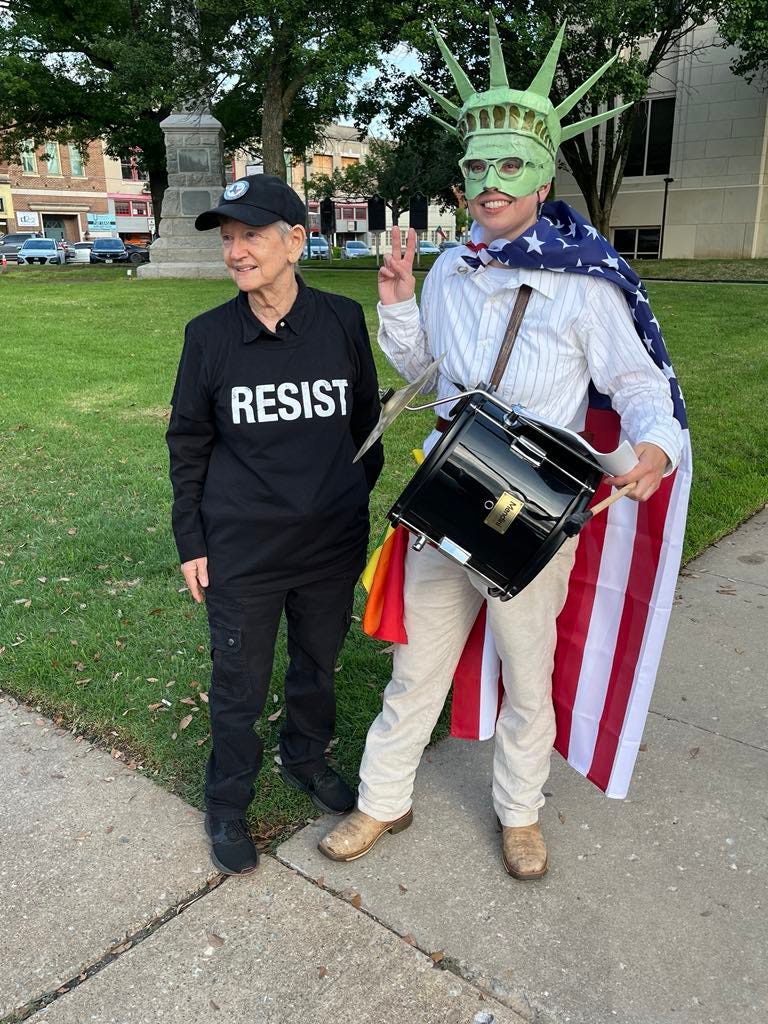
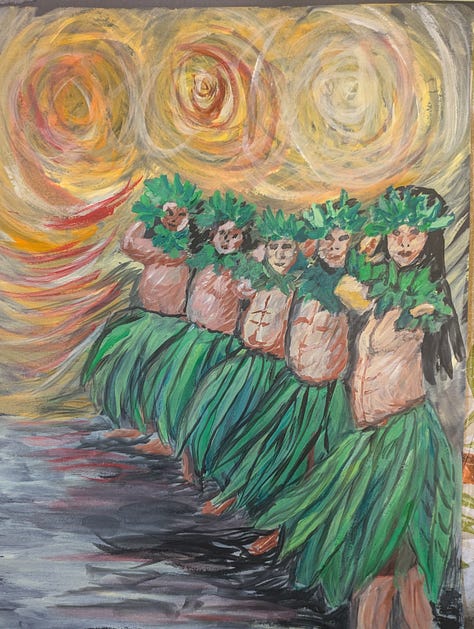
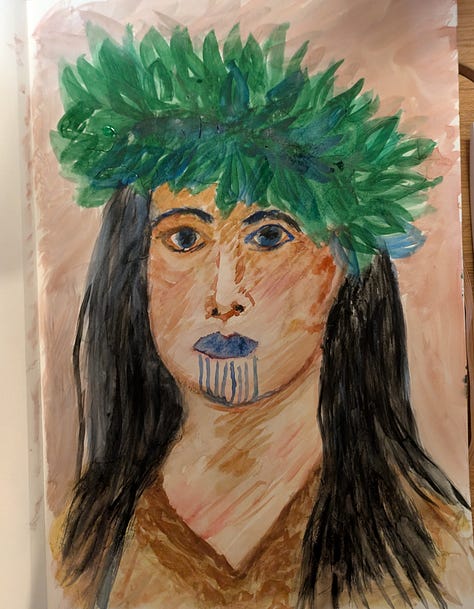
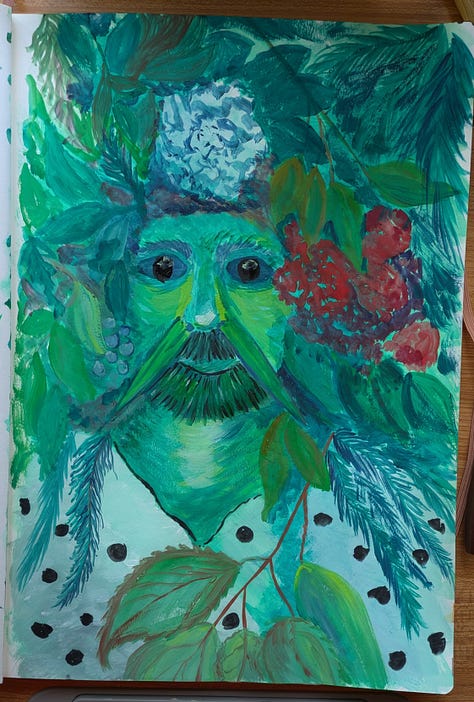

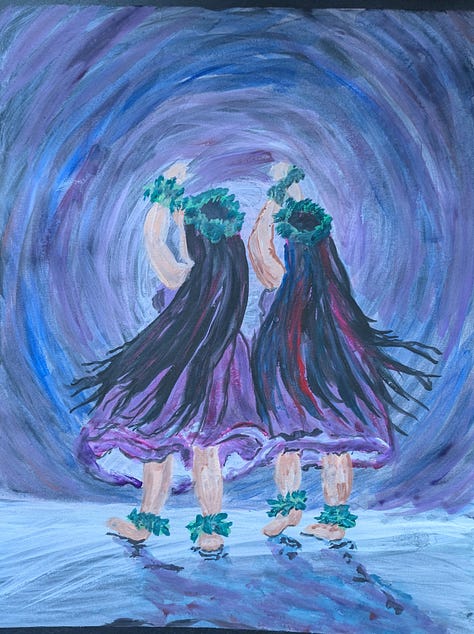
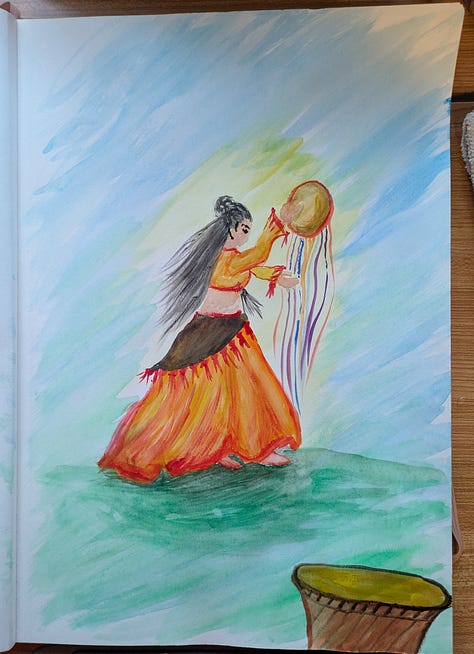
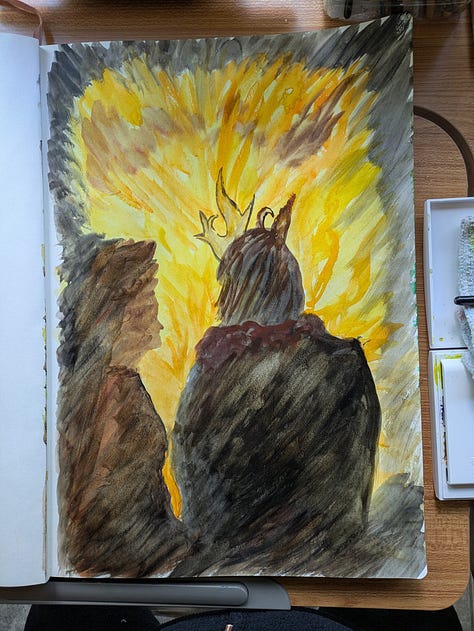
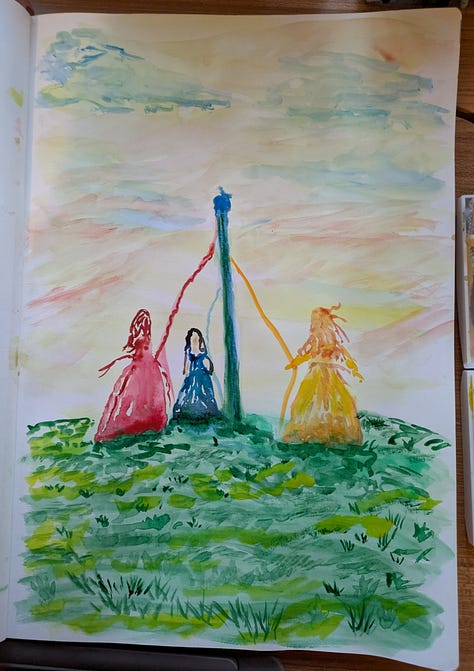
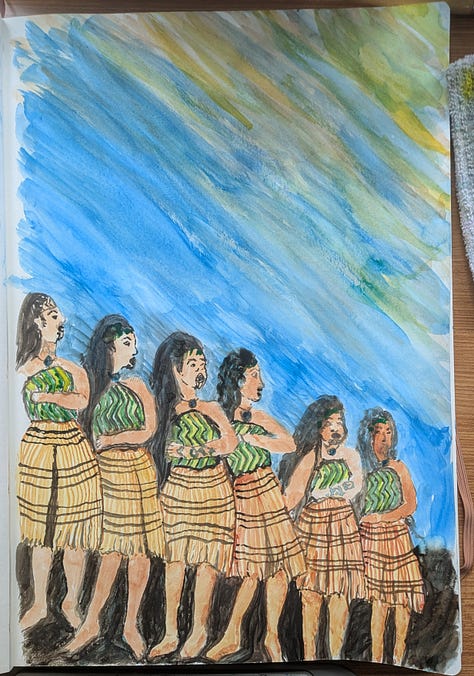




A certain set of skills called survival. Draw upon it.
Art-iculated